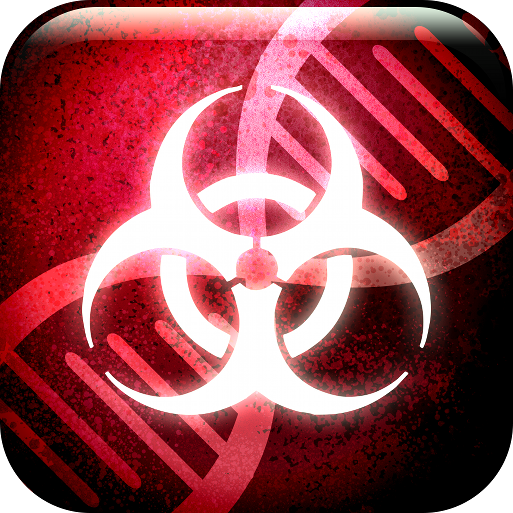

Ms Scott Moncrieff said that the plague is mostly transmitted in rural areas by fleas carried by wild rats. “There are grave consequences for children because they are more exposed to the risk factors of plague,” she said.

“The really worrying thing here is that we’ve got plague reported in areas which had not seen a case for more than 15 years, and many more cases in areas where they had very few or none previously,” said UNICEF Social Sciences Analytics Cell (CASS) Field Supervisor Izzy Scott Moncrieff.

Plague outbreaks are often blamed on poor sanitation and hygiene practices which attract rats carrying fleas to villages in search of food, infecting people in their homes. Frequent population displacement and insecurity in the region creates a considerable risk of cross-border transmission. The latest outbreak differs from previous ones because both bubonic and the highly infectious pneumonic form of plague - transmitted from person to person through the air - have been reported in areas previously free of the disease near the border with South Sudan and Uganda to the east of the province. Ituri is one of only a handful of places in the world – including Madagascar and Peru - where plague cases continue to be reported. The figures show that over the same period there were 578 cases and 44 plague-related deaths throughout the entire Ituri province. New research, supported by UNICEF, in three health zones of Ituri shows that children are especially at risk of contracting plague, which in recent months has been making a comeback for the first time in more than a decade.įigures released for the three health zones of Biringi, Rethy, and Aru - where UNICEF focused its research - show that there were 490 plague cases between 20, with 20 fatalities. ITURI, Democratic Republic of the Congo, 24 August 2021 – UNICEF is increasingly concerned about the impact on children of a resurgence of Bubonic plague in the eastern province of Ituri in the Democratic Republic of the Congo.


 0 kommentar(er)
0 kommentar(er)
